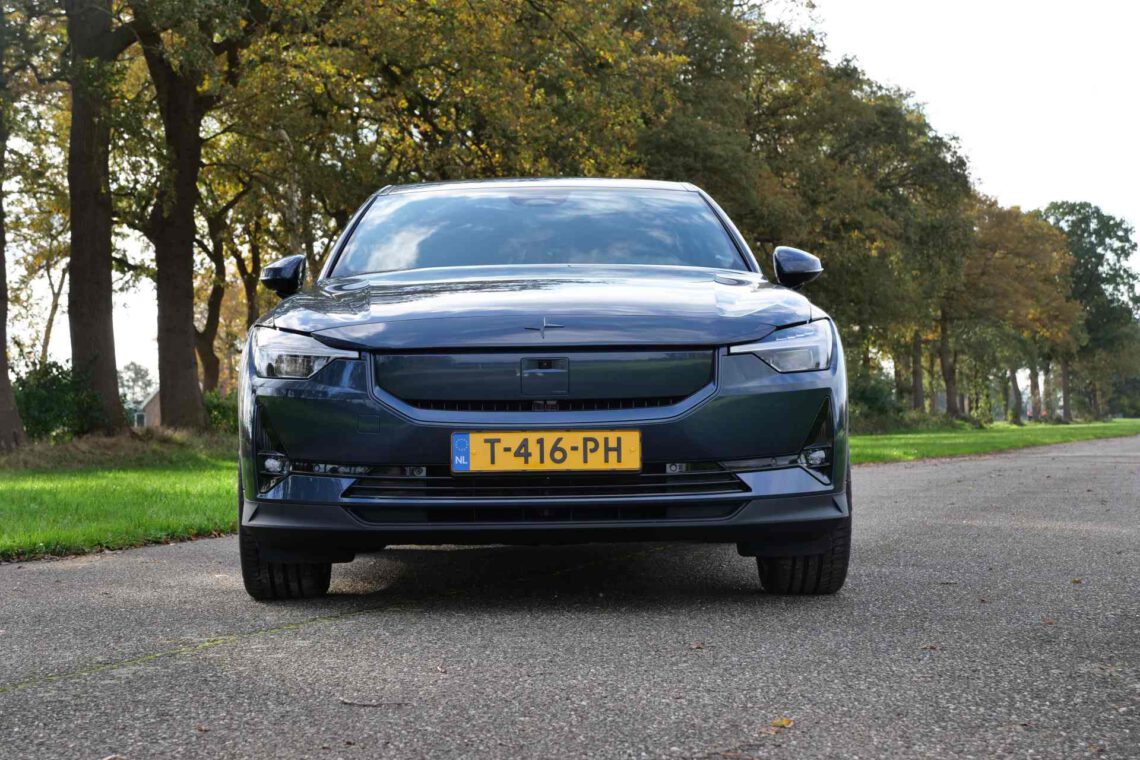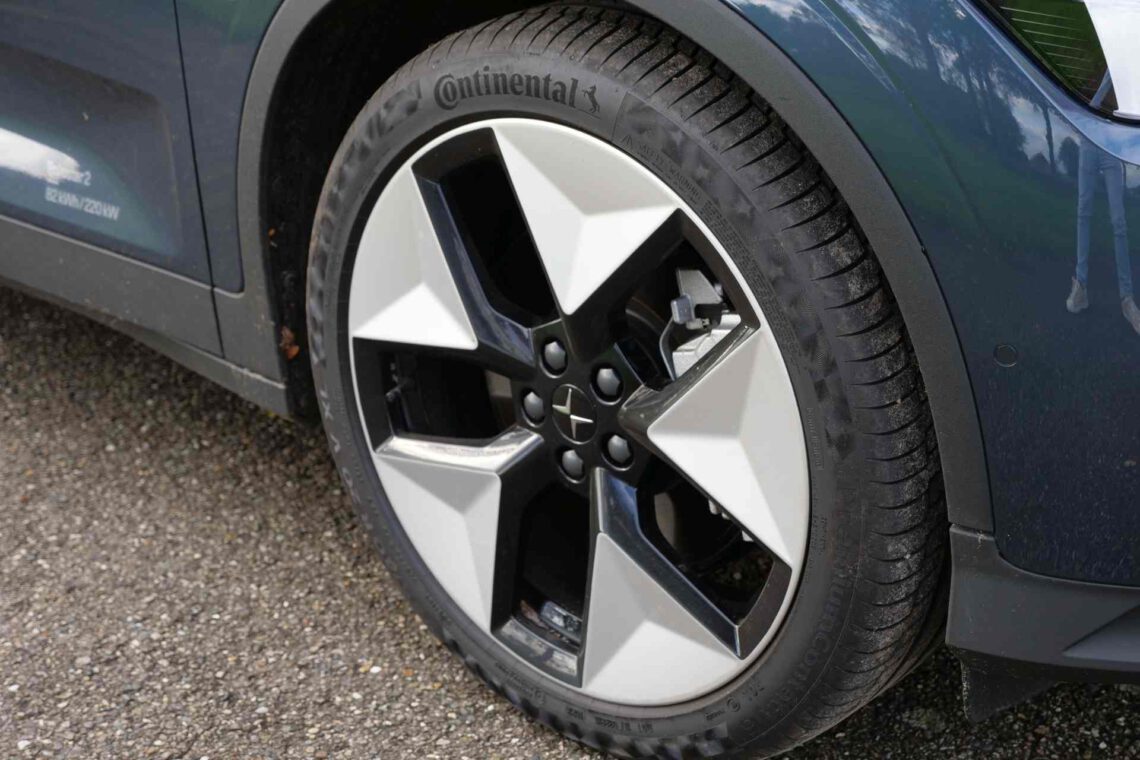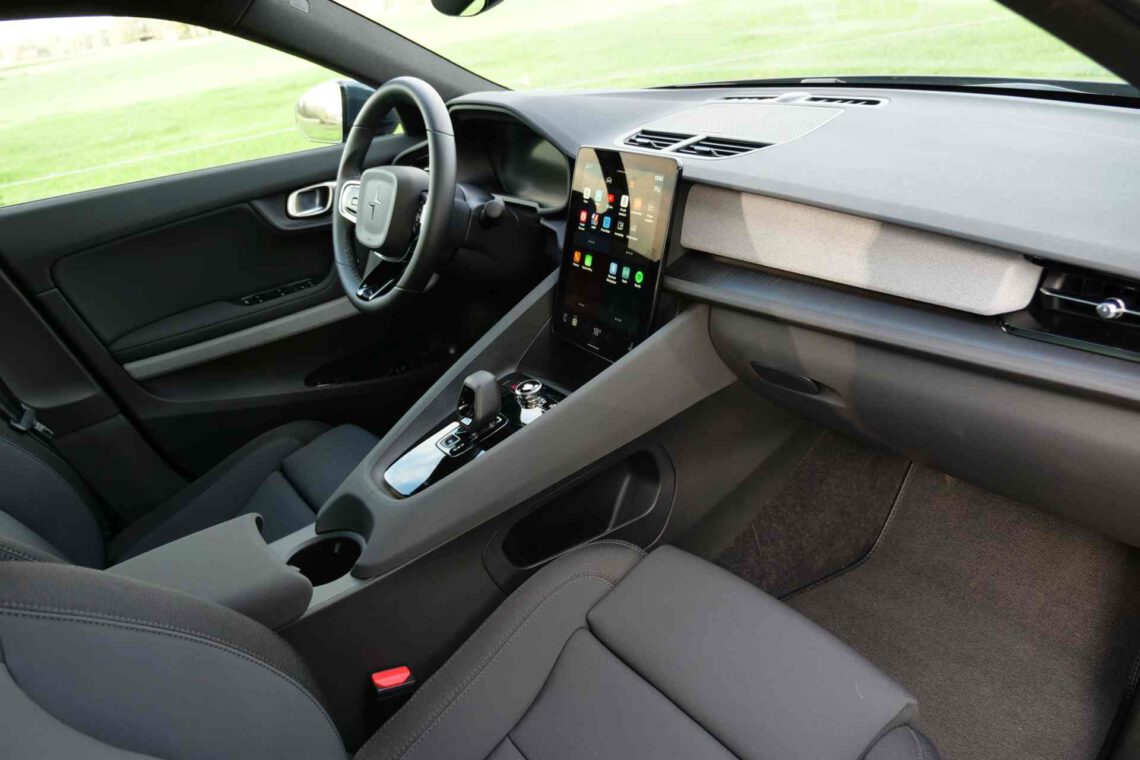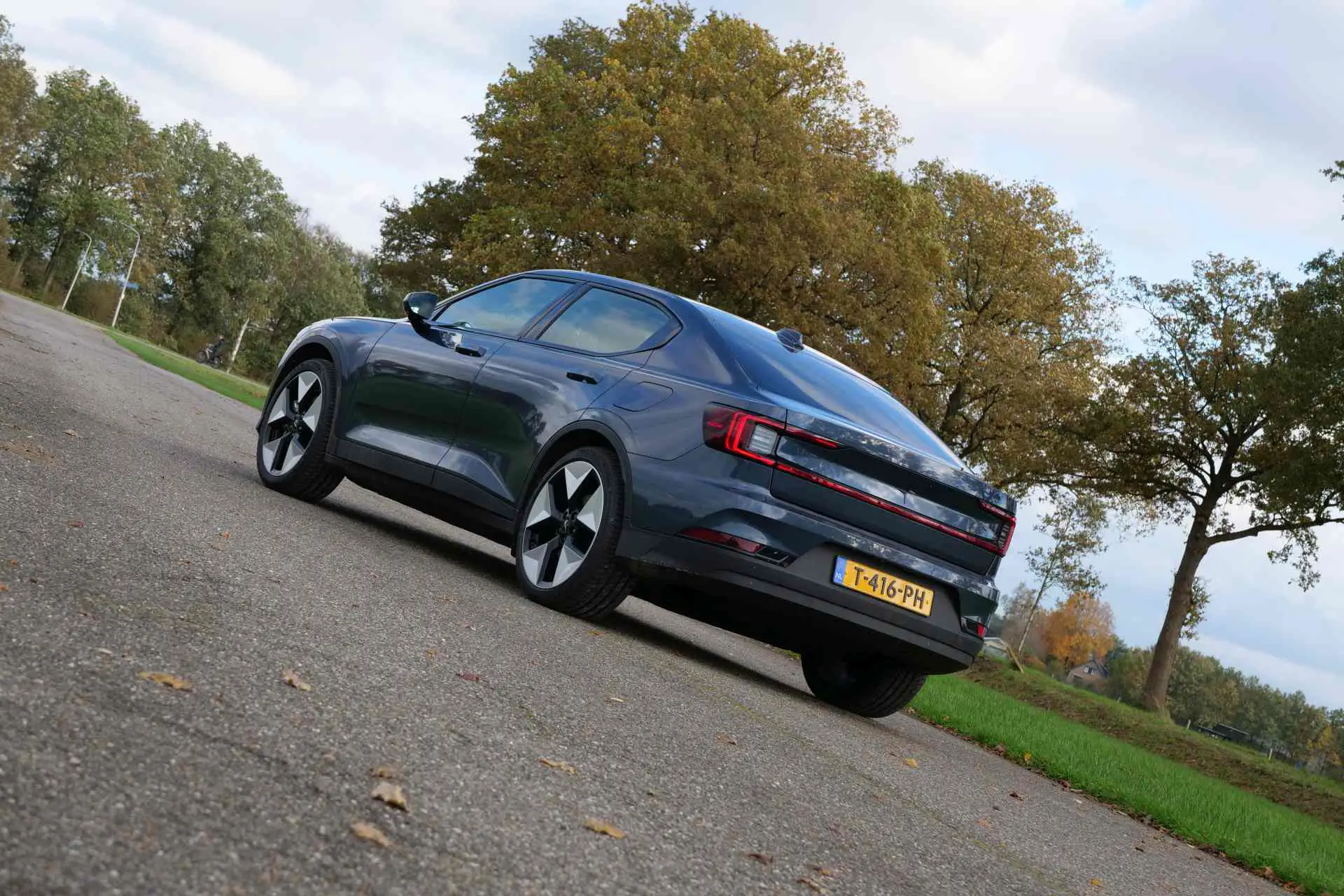Review – Polestar 2 (2024) – Thoroughly renewed and improved
Successful newcomer
In more than three years, the Polestar 2 has exited a showroom more than 150,000 times worldwide. In the Netherlands, 9,000 compatriots own the Swedish-Chinese model. For a newcomer, that can safely be called a success. But the model no longer has the empire to itself and the Tesla Model 3 alone. BYD has the Seal, Nio the ET5 and ET5 Touring, Hyundai the Ioniq 6, BMW the i4 and Mercedes-Bens the EQE. To keep Polestar 2 relevant, an update was needed.
Deficiencies
Indeed, the outgoing model had its shortcomings. Three years ago we could live with that just fine, but anno 2023/2024 we find a range of 470 kilometers – the maximum range of the Polestar 2 we drove in 2020 – a bit meager. The model simply did not have too efficient energy consumption. The brand is therefore introducing new electric motors, which on paper allow the Polestar 2 to drive 22% further on a battery charge, consume up to 9% less energy and charge up to 34% faster.

655 kilometers
The range therefore increases from 470 kilometers in the very first Polestar 2, to 655 kilometers in the current Polestar 2. At least if you choose the variant we drive: the Long Range Single Motor. In practice – as with any EV – you can quickly subtract 50 kilometers from this optimistic WLTP estimate and 100 kilometers or more in winter. Still, that leaves a very usable range, which makes the Polestar 2 quite the man again.

New battery pack
The improved range comes not only from the updated engines, but also from the new battery pack, which is simply a bit larger. It has a capacity of 82 kWh, while the Polestar 2 previously had to make do with 78 kWh. Still: 180 kilometers more range with only 4 extra kWh, is a handsome achievement. It shows how fast battery technology has developed in recent years. Charging speed has also been improved, with the ability to fast charge up to 205 kW. See, that’s helpful! For the version with a smaller battery pack (69 kWh), fast charging up to 135 kW is possible. A fully charged battery in that case results in a WLTP range of up to 546 km.

Rear-wheel drive
The single motor version we are testing features – of course – a single motor. From now on, it is no longer at the front, as was always the case with the Polestar 2, but at the back. This too can safely be called a considerable improvement. Indeed, the solid, direct torque of an electric motor goes poorly with a direct connection to the front wheels. You’ll soon suffer from Torque Steer. In other words, you can feel the forces in the steering wheel returning, so you sometimes have to wrestle a pot with the wheel to get it to do what you want.

Peace and control
The updated Polestar 2 does not suffer from this. The forces hit the ground through the rear wheels, making it a lot more pleasant to drive. There is more peace, control and what’s more: fun! A sports sedan like the Polestar 2 comes into its own much better with the engine on the rear axle. In the video below, we tell you more about the handling of the fashionable Swedish sedan.
Prices
Polestar offers the updated Polestar 2 for 51,200 euros with a 69 kWh battery pack and charges 55,200 euros for the Long Range Single Motor we are testing. It makes it (considerably) more expensive than the Tesla Model 3, but cheaper than a BMW i4. The Polestar 2’s driving experience and materials lean more toward those of the Model 3, making it certainly no bargain. Still, the extra investment may be worth it for those who want to stand out from the plethora of Model 3s on the street.

